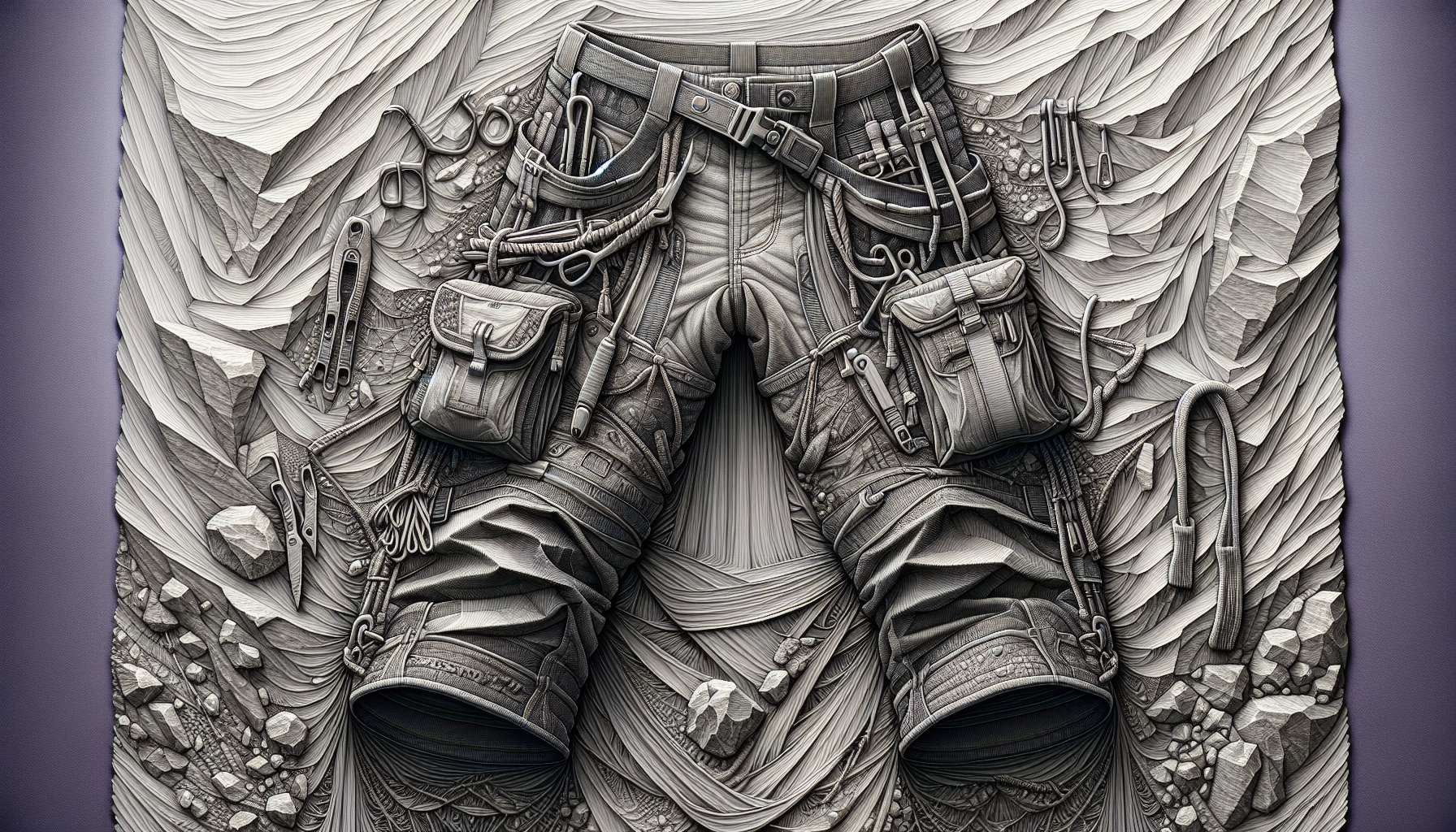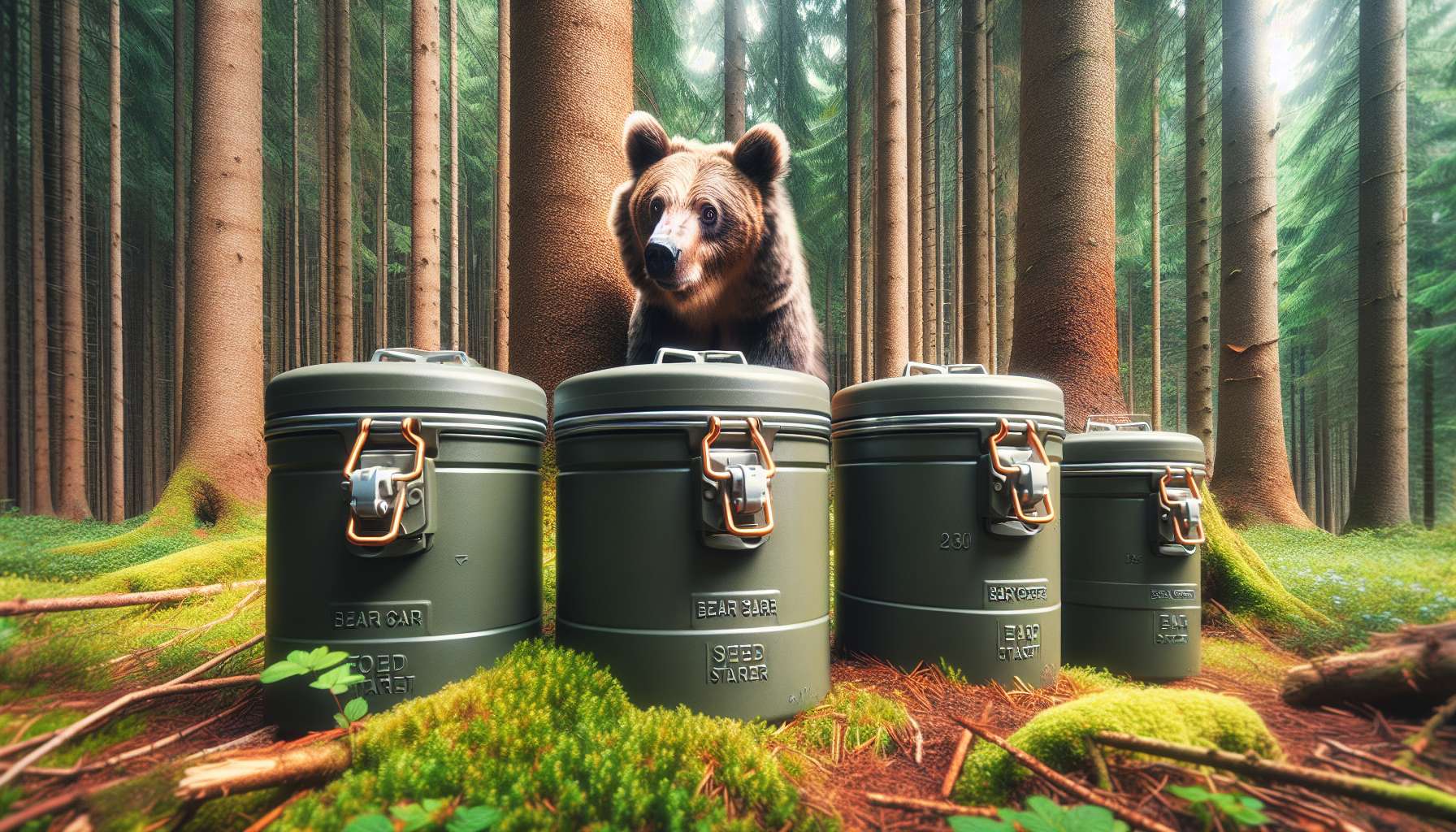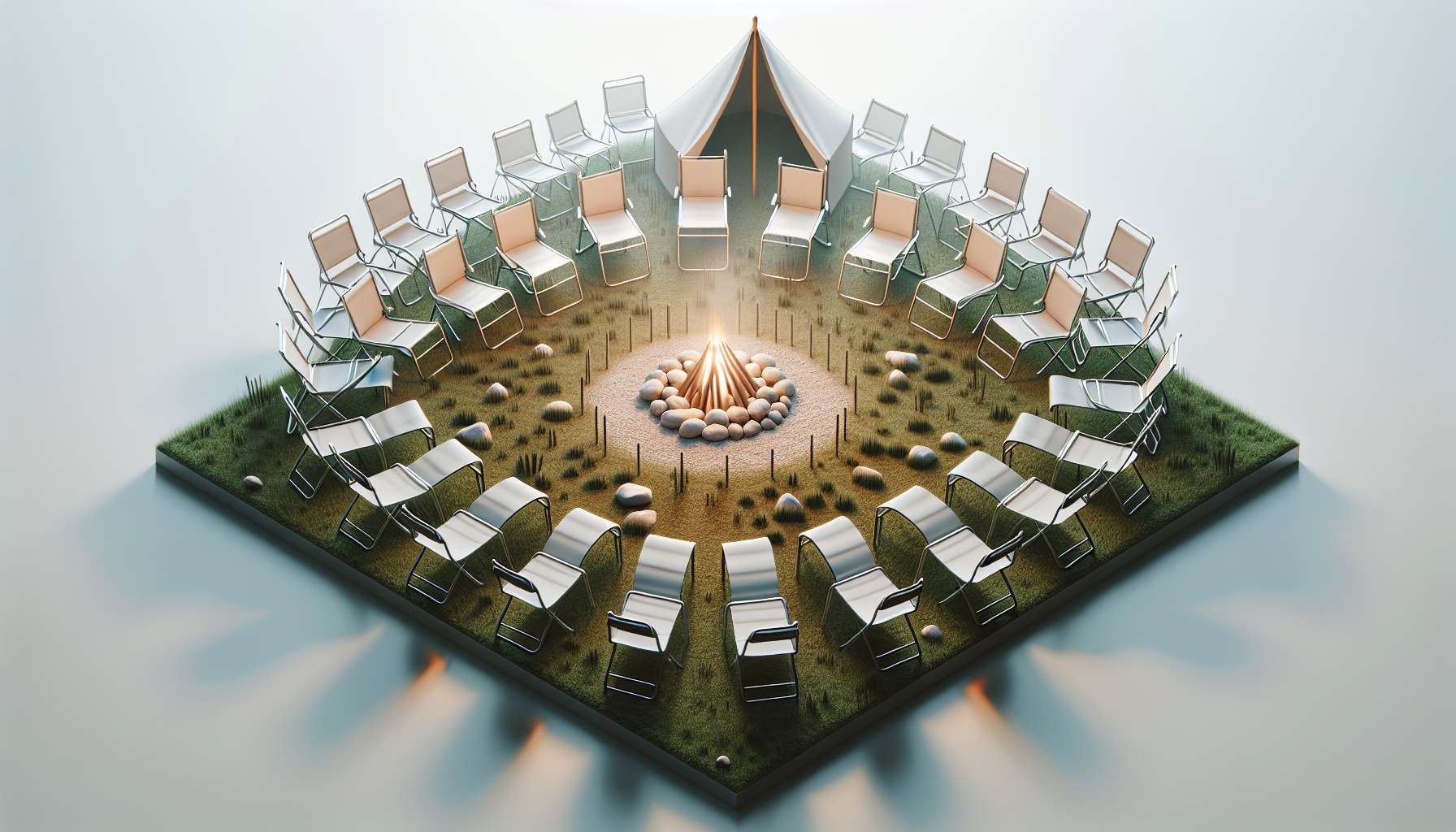The Ultimate Guide to Climbing Pants
When it comes to climbing, having the right gear can make all the difference between a successful ascent and a frustrating struggle. While much attention is often given to ropes, harnesses, and shoes, one essential piece of equipment that is sometimes overlooked is climbing pants. Not just any pants will do when you’re scaling rock faces or navigating challenging terrain. Climbing pants are specially designed to provide the comfort, flexibility, and durability needed for this demanding sport. In this comprehensive guide, we will delve into the world of climbing pants, exploring their features, benefits, and how to choose the perfect pair for your next adventure.
The Evolution of Climbing Pants
Climbing pants have come a long way since the early days of mountaineering. In the past, climbers often relied on regular cargo pants or even jeans for their excursions. While these options may have been adequate for some, they lacked the specific features needed to optimize performance and comfort. As the sport of climbing evolved and became more popular, so did the design and technology behind climbing pants.
Today, climbing pants are crafted from advanced materials that offer stretch, breathability, and moisture-wicking properties. They are designed to allow for a full range of motion, ensuring that climbers can move freely and comfortably on the rock. Additionally, many climbing pants feature reinforced knees and seat areas to withstand the abrasion and wear that comes with the sport.
One of the key advancements in climbing pants is the incorporation of stretch fabrics such as spandex or elastane. These materials allow the pants to move with the body, providing flexibility and comfort in dynamic climbing movements. Climbers can now find pants that offer a balance of stretch and durability, making them ideal for both indoor gym climbing and outdoor rock climbing.
Key Features of Climbing Pants
When shopping for climbing pants, there are several key features to consider to ensure you find the right pair for your needs. Here are some of the most important features to look for:
1. Stretch Fabric
As mentioned earlier, stretch fabrics are essential for climbing pants. Look for pants that contain spandex or elastane to ensure that you have the flexibility needed for climbing movements. Stretch fabrics also help prevent restriction and discomfort while climbing.
2. Reinforced Areas
Reinforced knees and seat areas are crucial for climbing pants. These high-wear areas need to be able to withstand the friction and abrasion that comes with climbing. Look for pants that have reinforced stitching or additional layers of fabric in these areas.
3. Articulated Knees
Articulated knees are a design feature that allows for better range of motion in the legs. This feature is particularly important for climbing, as it enables climbers to move with ease and precision on the rock. Look for climbing pants with articulated knees for enhanced performance.
4. DWR Finish
A durable water repellent (DWR) finish is a coating applied to the fabric of climbing pants to repel water and moisture. This feature is essential for climbing in wet or damp conditions, as it helps keep you dry and comfortable. Look for pants with a DWR finish for added protection against the elements.
5. Breathability
Breathability is another important feature to consider when choosing climbing pants. Climbing can be a physically demanding activity, and you want pants that will help regulate your body temperature and keep you cool. Look for pants that are made from breathable materials such as nylon or polyester.
Types of Climbing Pants
There are several different types of climbing pants to choose from, each with its own unique features and benefits. Here are some of the most common types of climbing pants:
1. Bouldering Pants
Bouldering pants are designed specifically for bouldering, a style of climbing that involves short, powerful movements on large rocks or boulders. These pants are usually lightweight and flexible, with a slim fit to prevent snagging on holds. They often feature reinforced knees and seat areas for added durability.
2. Traditional Climbing Pants
Traditional climbing pants are more versatile and can be used for a variety of climbing styles, including sport climbing, trad climbing, and indoor climbing. These pants typically have a looser fit and may feature additional pockets for storing essentials. They offer a balance of durability, flexibility, and comfort.
3. Alpine Climbing Pants
Alpine climbing pants are designed for climbing in cold, high-altitude environments. These pants are typically insulated and waterproof to provide protection against the elements. They often feature reinforced knees and seat areas, as well as adjustable waistbands and cuffs for a secure fit.
Choosing the Right Climbing Pants
With so many options available, choosing the right climbing pants can seem like a daunting task. However, by considering your climbing style, the conditions you will be climbing in, and your personal preferences, you can narrow down your choices and find the perfect pair. Here are some tips to help you choose the right climbing pants:
1. Consider Your Climbing Style
Think about the type of climbing you do most often and choose pants that are suited to that style. If you primarily boulder, you may want slim-fitting, lightweight pants with a bit of stretch. If you do a mix of indoor and outdoor climbing, you may prefer more versatile, all-around pants.
2. Think About the Weather
Consider the climate and conditions you will be climbing in. If you climb in colder or wetter climates, you may want insulated or waterproof pants. If you climb in hot, dry climates, you may prioritize breathability and moisture-wicking properties.
3. Try Them On
When possible, try on climbing pants before you buy them to ensure a proper fit. Look for pants that allow for a full range of motion and are comfortable to move in. Pay attention to the fit around the waist, hips, and thighs, as well as the length of the pants.
4. Research Brands and Reviews
Do your research on different climbing pant brands and read reviews from other climbers. Look for brands known for quality, durability, and performance. Pay attention to feedback on fit, comfort, and durability to help guide your decision.
Expert Opinions on Climbing Pants
We reached out to several climbing experts to get their insights on climbing pants and what makes a great pair. Here’s what they had to say:
“When it comes to climbing pants, I always look for durability and flexibility. I need pants that can withstand the demands of climbing while allowing me to move freely on the rock.” – Sarah, avid climber
“I prefer climbing pants with a slim fit and plenty of stretch. I want pants that feel like a second skin and don’t restrict my movement in any way.” – Alex, professional climber
Common Misconceptions About Climbing Pants
There are several common misconceptions about climbing pants that can lead climbers astray. Here are a few myths debunked:
Myth: Any pants can be used for climbing.
While it is possible to climb in regular pants, climbing-specific pants offer features that enhance performance and comfort on the rock. Climbing pants are designed with the unique needs of climbers in mind, making them a better choice for the sport.
Myth: Climbing pants are only for experienced climbers.
Climbing pants are suitable for climbers of all levels, from beginner to advanced. Whether you’re just starting out or have been climbing for years, investing in a good pair of climbing pants can improve your experience and enjoyment of the sport.
Wrapping Things Up
Climbing pants are an essential piece of gear for climbers of all levels. With their advanced materials, thoughtful design features, and specialized construction, climbing pants offer the comfort, flexibility, and durability needed to tackle challenging climbs. By choosing the right pair of climbing pants for your style and conditions, you can enhance your performance and enjoyment of the sport. So next time you hit the crag or the gym, make sure you’re equipped with the perfect pair of climbing pants to take your climbing to new heights.




